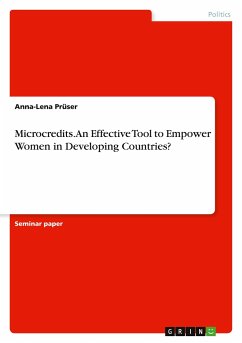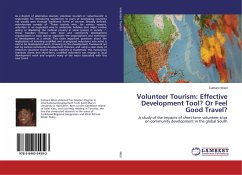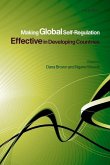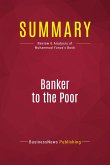Seminar paper from the year 2017 in the subject Politics - International Politics - Topic: Development Politics, grade: 1,3, Leuphana Universität Lüneburg, language: English, abstract: This assignment aims to shed some light into the turbidity of women's access to microcredits and their corresponding empowerment. Despite there is a range of literature reviewing the success of specific microfinance programs in different communities, here an overall picture of microcredits' capabilities to empower women will be developed.From 1997 when the first Microfinance Summit took place until today, 18 summits brought together microfinance practitioners, educational institutions, donors, financial institutions and non-governmental organizations to facilitate knowledge experience sharing in microfinance. While pushing this topic forward, the Microfinance Summit Campaign works on four issues. Next to "Reaching the Poorest", "Financial Self-Sustainability" and "A Positive, Measurable Impact" is "Empowering Women" among the top four goals. Thereby microfinance and empowering women just covers two essential objectives of the United Nations Development Goals set in 2015. But the potential to empower the poorest people of the world were already recognized in the 1970's and 1980's when the first microfinance intuition, the Garmeen Bank in Bangladesh, was established. In the following decades, microfinance instruments, especially microcredits, underwent a unique success story and became one of the most popular development tools. In 2013, microfinance institutions counted 211 million clients, among them 114 poorest borrowers.
Hinweis: Dieser Artikel kann nur an eine deutsche Lieferadresse ausgeliefert werden.
Hinweis: Dieser Artikel kann nur an eine deutsche Lieferadresse ausgeliefert werden.








